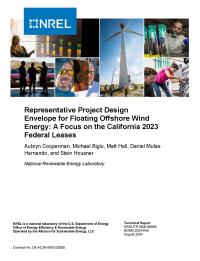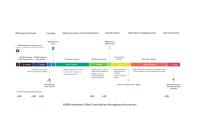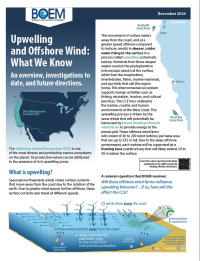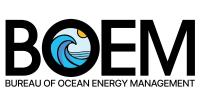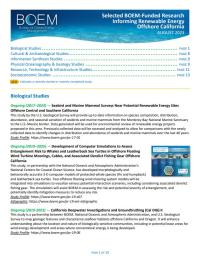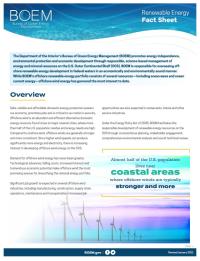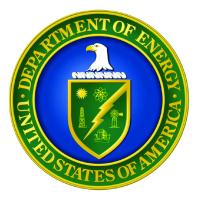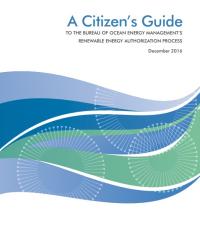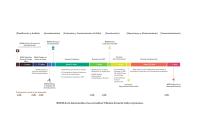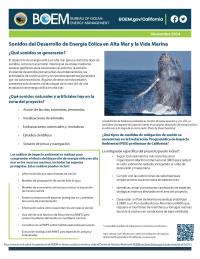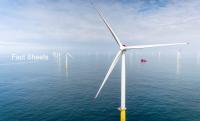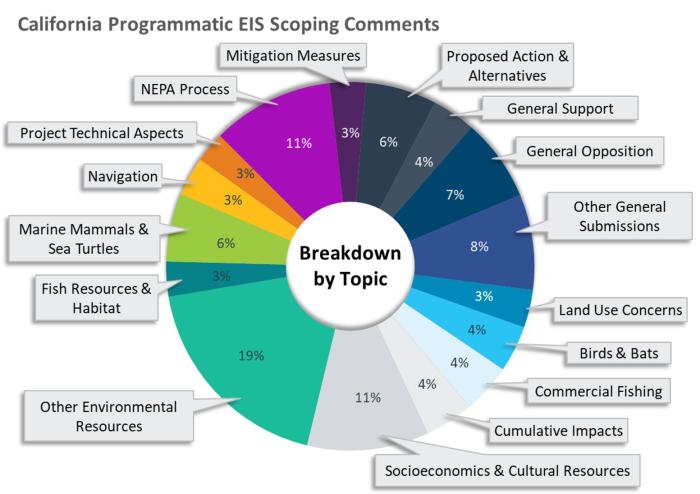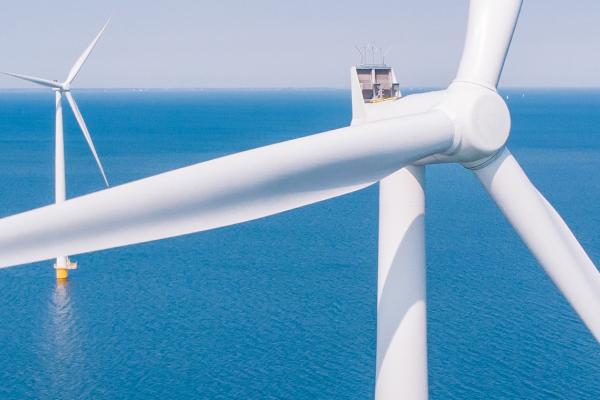
Welcome to the California Offshore Wind Draft Programmatic Environmental Impact Statement (PEIS) Virtual Meeting Room. Your participation is an essential part of BOEM’s renewable energy program and environmental review process.
On November 13, the Bureau of Ocean Energy Management (BOEM) announced a Notice of Availability (NOA) for the California Draft Programmatic Environmental Impact Statement (PEIS). The NOA will publish in the Federal Register on November 14, initiating a 90-day comment period. The public comment period for the California Offshore Wind PEIS ends on February 12, 2025. As part of this process, BOEM asks stakeholders, organizations, Federal agencies, and Tribal, State, and local governments to submit comments on the Draft PEIS, including appendices. The Draft PEIS analyzes programmatic avoidance, minimization, mitigation, and monitoring measures that BOEM may require as conditions of its approval for any future proposed offshore wind projects in California.
The following documents are available for your viewing:
- BOEM Announces Draft Environmental Review of Potential Mitigation of Future Development of Wind Lease Areas Offshore California (November 2024)
- Notice of Availability of the California Offshore Wind Draft Programmatic Environmental Impact Statement (November 2024)
- California Offshore Wind Draft Programmatic Environmental Impact Statement (November 2024)
More information is available on the California Activities page.
NOTE: The Department of the Interior and the Bureau of Ocean Energy Management are implementing President Trump’s Presidential Memorandum (PM) temporarily halting offshore wind leasing on the Outer Continental Shelf. The PM also pauses new or renewed approvals, rights-of-way, permits, leases, or loans for offshore wind projects pending a review of federal wind leasing and permitting practices.
How to Submit Comments
Your feedback is an essential part of this process. Starting on November 14th, BOEM will accept comments on the California Offshore Wind Draft PEIS in any of the following ways:
- During any of the virtual public meetings, you will be provided a set number of minutes to provide verbal input. Information that takes longer than three minutes should be conveyed a written comment.
- You may submit written comments of any length electronically using Regulations.gov, docket No. BOEM-2023-0061. Comments must be submitted by 8:59 PT/11:59 PM ET on February 12, 2025.
- You may also submit written comments by mail. Enclose your comment in an envelope labeled, “California OSW Draft PEIS” addressed to “Environmental Analysis Section Supervisor, Office of Environment, Pacific Regional Office, Bureau of Ocean Energy Management, 760 Paseo Camarillo, Ste. 102, Camarillo, California 93010.” Comments must be postmarked no later than February 12, 2025.
We want to hear from you. In addition to the virtual meeting room, BOEM will host two virtual meeting sessions for stakeholders to learn more about the PEIS, ask questions, and provide comments on the Draft PEIS, and provide verbal input.
California Draft PEIS Virtual Public Meetings
January 28, 2025
5 p.m. PT
- POSTPONED
January 30, 2025
12 p.m. PT
- POSTPONED
California PEIS Public Scoping Meetings
February 6, 2024
10 a.m. PT
Virtual Public Scoping Meeting
February 8, 2024
5 p.m. PT
Publications
BOEM Planning Process
BOEM Fact Sheets
Recursos en Español
External Resources
Lessee Fact Sheets*
*Prepared by lessees and provided to BOEM
Why is BOEM conducting a PEIS?
We want to ensure that BOEM, the public, and stakeholders fully understand any environmental issues from the potential development of offshore wind energy facilities early in the process to inform subsequent decisions.
Why is BOEM conducting a Programmatic EIS (PEIS) for California? Why at this stage in the process?
In accordance with BOEM’s renewable energy regulations, if a Construction and Operations Plan (COP), which is a detailed plan for construction and operation of a wind energy facility on a lease, is submitted, BOEM will conduct a National Environmental Policy Act (NEPA) analysis. This would most likely take the form of an environmental impact statement (EIS). For California lease areas, BOEM anticipates receiving five COPs within a short time frame. In response to stakeholder requests and to support timely decisions at the COP stage for individual leases, BOEM has decided to pursue a Programmatic Environmental Impact Statement (PEIS) for all California leases.
The objectives of the PEIS are:
- To analyze the affected environment and environmental consequence;
- To conduct a high-level cumulative analysis of potential impacts from constructing and operations of existing California leases;
- To establish a framework for tiering of project-specific environmental analyses;
- To identify, analyze, and adopt programmatic mitigation measures, and finally;
- To provide predictability and consistency to cooperating agencies, partners, and developers.
BOEM values the public’s participation in our scoping process and understands the need for efficient yet thorough vetting of these projects.
What steps preceded the current phase of the PEIS?
On December 19, the Bureau of Ocean Energy Management (BOEM) announced a Notice of Intent (NOI) to prepare a Programmatic Environmental Impact Statement (PEIS). The NOI initiated a 60-day comment period which closed on February 20, 2024. BOEM received a total of 198 comments, 187 of which were unique, through regulations.gov (docket BOEM-2023-0061) and through email and U.S. mail. During the public comment period, BOEM hosted two virtual scoping meetings for the public to learn about the environmental review process and provide comments on the scope of the draft PEIS on February 6 & 8, 2024.
What are the next steps after the PEIS?
We intend to issue a ROD following publication of the Final PEIS. Subsequent NEPA analyses will tier to the PEIS, following submission of Construction and Operations Plans by lessees for proposed offshore wind projects. Developing a PEIS that analyzes a representative range of potential projects for California will help streamline the analysis done at the COP stage and allow BOEM to focus on what is unique for each project.
Who were the winners of the California offshore wind lease auction?
BOEM executed the following California offshore wind energy leases, effective June 1, 2023:
- Lease OCS-P 0561: RWE Offshore Wind Holdings, LLC
- Lease OCS-P 0562: California North Floating LLC
- Lease OCS-P 0563: Equinor Wind US LLC
- Lease OCS-P 0564: Golden State Wind LLC (name changed after lease issuance from Central California Offshore Wind LLC)
- Lease OCS-P 0565: Invenergy California Offshore LLC
What is a Representative Project Design Envelope and how was it used in the PEIS?
A representative project design envelope (RPDE) provides estimates of the scale and number of components in an offshore wind facility when there is a need to describe impacts but there is not yet a PDE to evaluate. This RDPE describes recommendations developed by the National Renewable Energy Laboratory (NREL) for floating offshore wind energy projects. In the development of these recommendations, NREL and BOEM considered industry feedback from offshore wind farm developers in the California lease areas and a practical range of technology options that may be deployed, accounting for major physical constraints and technical readiness.
The RDPE is available under “Publications” and is Appendix A of the Draft PEIS. BOEM used the technical parameters in the RDPE to analyze the potential impacts of wind energy development in the five leased areas offshore California and considers mitigation measures that can be implemented to avoid or reduce those impacts.
How many turbines? What type of Wind Turbine Generators (WTGs)?
The PEIS will analyze a representative range of project parameters for potential projects expected in the California five lease areas. Developers have not yet submitted their COPs, which will have more detailed information on each project’s size and scope, including the number, size, and type of proposed wind turbine generators and associated facilities. COP specific NEPA analyses will tier to the PEIS and address specific project parameters proposed in each COP.





